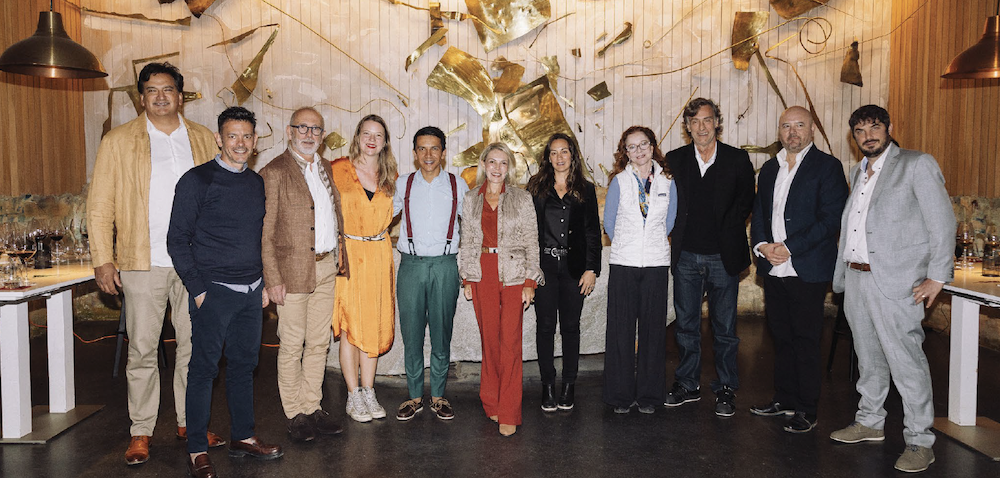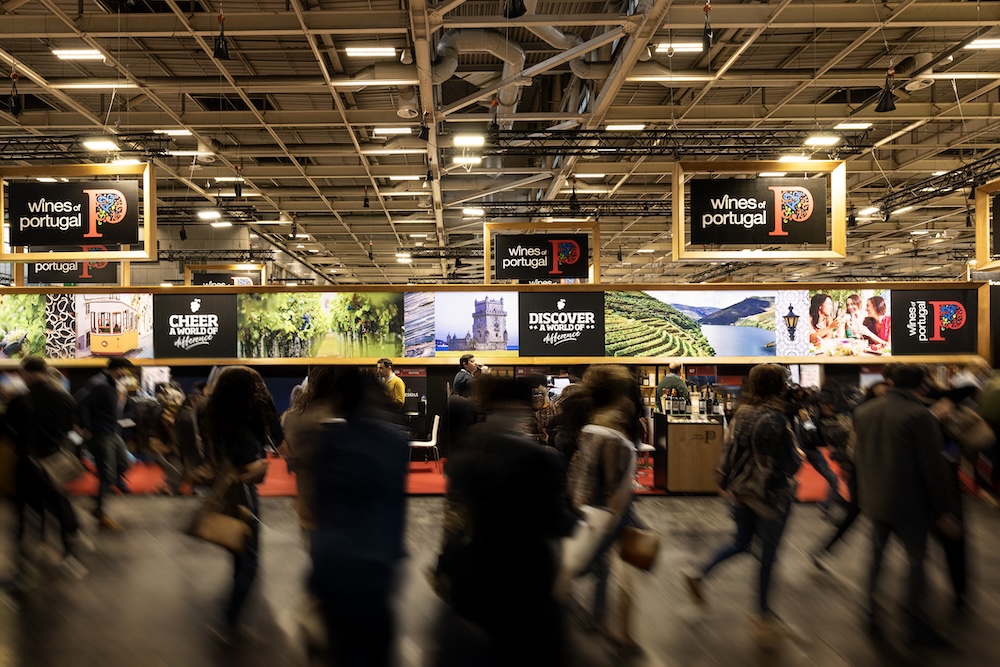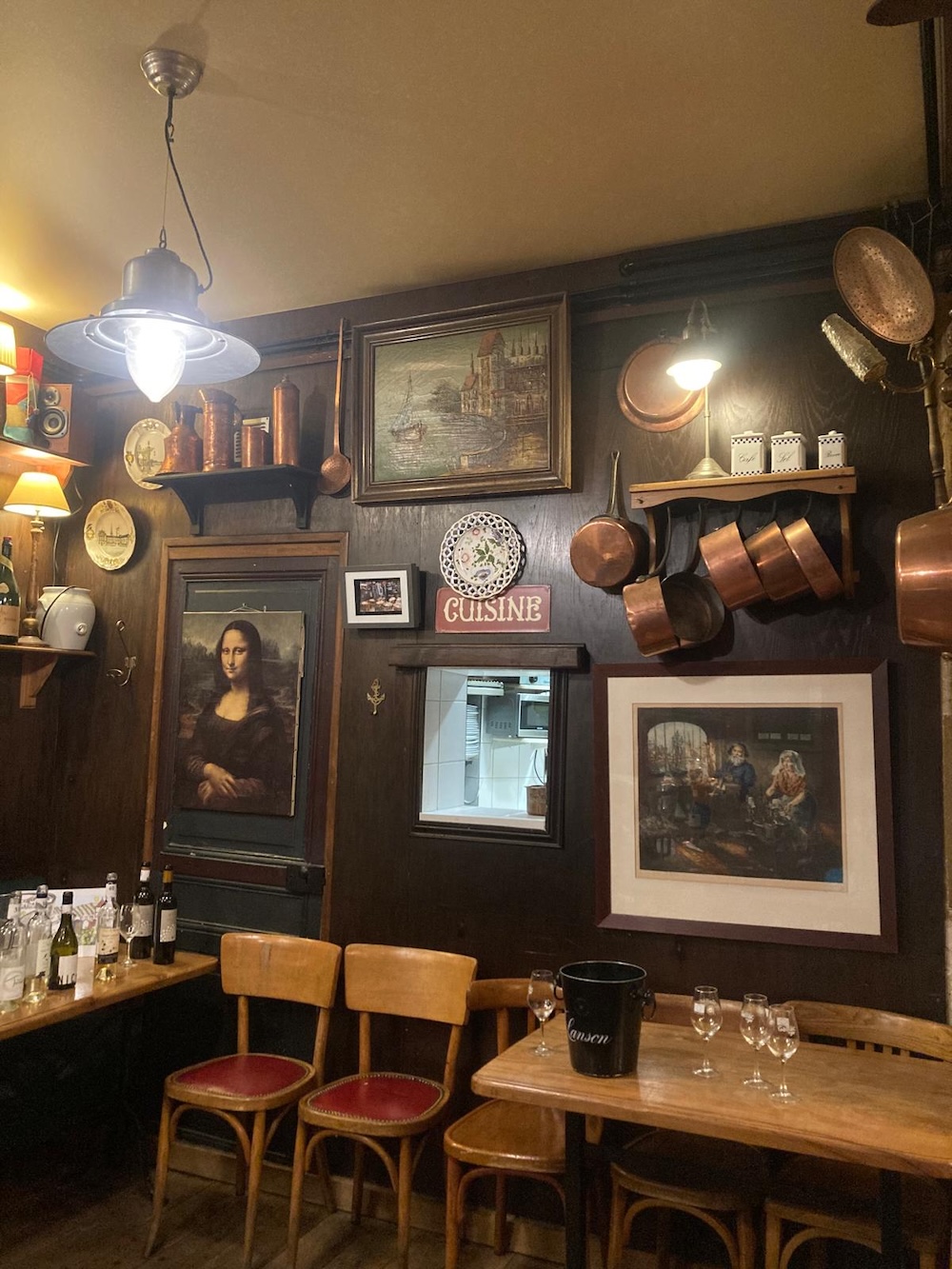
Discovery

Discovery
By Mauricio Llaver - Photographs: courtesy of the estates, posted on 17 June 2024
Sparkling wines are beginning to make festive noises in South America and are rippling outwards to global markets. Argentina, Uruguay and Ecuador are witnessing new developments that deserve a toast.
In South America, several wineries are developing their own sparkling wines, guided by the classic principles of Champagne winemaking while seeking to elicit the best from their own terroirs. From Cruzat and Philippe Caraguel in Mendoza, Argentina to Viña Eden in Pueblo Eden, Uruguay and Dos Hemisferios in Guayas, Ecuador, emerging trends are showing that the search for excellence knows no borders or geographical limitations.
Cruzat is the only Argentinian winery which focuses solely on producing sparkling wines using the traditional method. It was founded 20 years ago by a group of Chilean businessmen who joined forces with agronomist and winemaker Pedro Federico Rosell, considered a legend of Argentinian sparkling wines. With Champagne as their reference for elegance and savoir faire, they only make sparkling wines from Chardonnay and Pinot Noir grapes. Originally, one of the priorities of the project was to find the most appropriate place to plant the vineyards and build the winery, and the Mendoza areas of Luján de Cuyo and the Valle de Uco met all the requirements: they had altitude, well-drained soils and significant diurnal shift. In addition, the vitality of the Argentinian market was one of the main attractions for the venture.

In 2011, Pedro Rosell asked Lorena Mulet, one of his students at the Faculty of Agronomy, to join the winemaking team. Today Mulet is not only in charge of all the wines, she is also one of the most recognised and respected winemakers in the Argentinian wine industry, especially for her knowledge of sparkling wines.
“At Cruzat, using the traditional method, we seek to produce sparkling wines with a special style characterised by a fine, elegant, articulate bouquet. The wines combine tradition with knowledge and technology”, explains Mulet. Cruzat markets high-end, internationally-awarded sparkling wines, such as Millésime, the winery's icon, the single-vineyard Finca la Dama and Cruzat Orgánico, and the Cruzat Cuvée and Premier Lines, which spend 24 and 12 months on the lees respectively.

New releases and innovations include Cruzat Pet Nat – made using the ancestral method – Cruzat Naranjo, the first orange sparkling wine on the market; Cruzat Cosecha Temprana, which is low in alcohol and calories; and Cruzat ICE, designed to be drunk with ice. All the wines are vegan and certified by LIAF.
Also, inspired by the traditional liqueur made by the great French Champagne producers, Cruzat produces a Ratafia at the end of each vintage. It is unique in the Argentinian market and took several years of trial and research. For the Pinot Noir Ratafia, the base wine was previously macerated with nuts, such as walnuts and hazelnuts, and matured in lightly toasted French oak. For the Ratafia Chardonnay, the base wine was macerated with orange and lime peel. The process culminates with distillation in copper stills. Cruzat products are marketed throughout Argentina and exported to 15 countries, including the United States, Chile, Switzerland, Australia, Peru, the United Kingdom, Italy and Japan.


Winemaker Mulet explains that “being the only winery in Argentina focusing exclusively on producing sparkling wines using the traditional method is an important differentiator. Our know-how is unique because we are specialists in what we do and we pour all our energy into sparkling offerings. In Argentina there are very good producers of sparkling wines and together with imported products they form a broad range for increasingly knowledgeable and demanding consumers. This creates a virtuous circle that drives the segment on a daily basis”.

Philippe Caraguel is so confident in his sparkling wines that he decided to give his own name to his products. He first studied agronomy in Mendoza and worked at the Chandon subsidiary in Argentina, where he gained his first experience with sparkling wines. But then he switched to France thanks to a scholarship to study for a Masters in Viticulture and Oenology at the University of Montpellier, where he graduated with the French National Diploma in Oenology. Once he finished his Master's degree, Caraguel went to Champagne, where he did a placement at Moët & Chandon, continuing to work with the company for a year and a half subsequently.
That experience would prove to be decisive. Caraguel recounts: “I was part of a very professional group led by Richard Geoffroy, the-then chef de cave at Dom Perignon. I gained a huge amount of knowledge which later, when I returned to Argentina, I applied to my own professional project”.
His project, Philippe Caraguel, has a French partner, Jean-Etienne Beaune, who owns the Atamisque winery in Tupungato, in Mendoza's Uco Valley. “The art of making our sparkling wines begins with growing Chardonnay grapes on the best plots on our estate, located in outstanding sites in San José, Tupungato, in the Uco Valley. These produce fruit of the highest winemaking quality”, explains Caraguel. “The soil is of alluvial origin, with a loamy texture and a rocky sub-stratum. The yield is 7,000 kg/ha for the Chardonnay which is trained using a double Guyot system with drip irrigation”.

Caraguel uses Dom Ruinart as an example for Chardonnay management, based on his in-depth experience in France. “The sparkling wine truly bowled me over with its great delicacy and depth, and working with Dom Ruinart’s Chardonnay base wines was a source of inspiration for me”, he says, adding: “Extended Chardonnay maturation is not supposed to produce great complexity, but with proper vineyard management aimed at greater concentration, remarkable results can be achieved. That’s what I am looking for with my Grand Cuvée sparkling wines”.


Once the Chardonnay reaches the desired level of ripeness, the winemaking process begins. Applying his French experience, Caraguel predictably uses the traditional method, which he considers to be the most appropriate for making exceptional sparkling wines. The method involves secondary bottle fermentation, with the addition of the tirage liqueur made from the base wine, yeast and sugar.
For the Philippe Caraguel Grande Cuvée Extra Brut, the secondary fermentation occurs at 15°C, which aims to produce smaller bubbles. And once the fermentation is complete, the wine is kept in contact with the yeast for 24 months to achieve greater creaminess. The process ends with the addition of dosage, a syrup made from sparkling wine, sugar and French Cognac, which is dosed at 8g/l and then matured for 6 months.

Caraguel defines his wine “by its elegance and complexity. It displays a yellow hue with golden reflections. On the nose, it delivers a captivating balance of white fruits, notes of honey and toast. Its fine bubbles form a persistent pearl necklace, and on the palate, it offers a creamy sensation with a delicate mousse and a long, unctuous finish”. Based on his extensive experience, Caraguel argues that “Argentina, with the quality of its fruit and its expertise, produces sparkling wines on a par with the best examples in the world”.

Located in Maldonado, very near the Atlantic Ocean and a few minutes from the famous Uruguayan seaside resort of Punta del Este, the history of Viña Eden began in 2009. It started when a Brazilian couple arrived in the area of Pueblo Eden and fell in love with it, defining it as “quiet, near the sea and full of rocky hills, with a perfect terroir for producing wine”. Since then, they have poured all their efforts into developing a unique style, typical of a boutique winery, taking an artisanal, careful and sustainable approach to the production of high quality wines.

Viña Edén produces white and rosé sparkling wines, both made using the traditional method, with a secondary fermentation in the bottle in the winery’s cellar at low ambient temperatures in order to obtain fine bubbles. According to winemaker Marcelo Breganti, “our sparkling wine is Brut Nature, with no added sugar or sulphites, and no dosage. It is simply disgorged and corked, with nothing added. It has more than 18 months of bottle fermentation and is disgorged as required”.

For the rosé sparkling wine, Pinot Noir is the mainstay grape with a dash of 8% Chardonnay, for greater freshness. “The wine is designed as a rosé from the moment it is fermented, and not a white wine to which some red is added to give it colour”, stresses Breganti. The collection also includes the Traditional Method Sur Lies 3D, which is in its purest form, with no disgorgement, “giving consumers the opportunity to continue ageing with the yeast in suspension and decide on when to open the bottle”, explains Breganti. “It is a sparkling wine that is visually different to others because it is cloudier due to the lees that remain in suspension through beading. When you drink it, however, it adds a new dimension to the palate”.

The sparkling wine lines are Viña Edén (USD 45) and Pueblo Edén (USD 24), and the sales strategy includes both the domestic market and exports. In Uruguay, the products are available in specialised stores, selected restaurants, on the website (www.vinaeden.com) and at the winery. The sparkling wines are exported to Brazil, the United Kingdom, Spain, Argentina and Mexico.
Viña Edén owns 7 hectares planted to Tannat, Merlot, Pinot Noir, Marselan and Chardonnay, and is currently adding a new Cabernet Franc vineyard, which will increase its total area to 9 hectares. It uses renewable energy in all its processes. Over 80% of the energy consumed is renewable, which has led to government recognition for its energy efficient practices and measures. “Uruguay has a long history of winemaking, but Viña Eden wanted to do something different, so its founders travelled to hundreds of wineries around the world to establish an innovative and disruptive venture. The winery’s concept has always been based on three fundamental pillars: quality wine, wine tourism and sustainability and these have accompanied the entire process through to this day”, concludes Viña Edén.
The Dos Hemisferios winery is located in San Miguel del Morro, in the province of Guayas, in southwestern Ecuador, a region characterised by its sunny days, cool nights, chalky soils and a continuous sea breeze. This was the birthplace for Destino, a sparkling wine made from Chardonnay, Pinot Noir and Malbec grapes. Its challenge was to position itself as the first 100% Ecuadorian origin sparkling wine.

“We want to be seen for our sparkling or high quality wines, and plant a flag in the wine world with our products while showing the essence of the Ecuadorian terroir”, says Juan Banovsky, the project’s winemaker. He highlights “our unique characteristics, such as exotic and tropical fruits, aromas and flavours typical of our limestone soil, and a freshness that comes from the proximity to our Ecuadorian coast and the Humboldt Current”.

Destino is blended from three grape varieties: the classic varietals Chardonnay and Pinot Noir, which represent 50% of the base wine and instil freshness and elegance, and Malbec, for the remaining 50%, providing more structure and fruit characters. The grapes are harvested by hand and in equal parts, which ensures quality and precision in the selection of the raw material. The sparkling wine is made using the traditional method, with a secondary fermentation in the bottle for three months, followed by ageing in the bottle on the lees for a further 24 months, in optimal ageing conditions. Riddling, disgorging and dosage are carried out manually. According to Banovsky, “being 10 kilometres from the sea ensures expression of saline characters and freshness in our sparkling wine”.

In terms of food pairings, Dos Hemisferios recommends seafood such as oysters, Ecuadorian ceviche, white fish tiraditos and sushi as well as various types of cheese, especially those with intense and salty flavours. Desserts are also another option. “Destino represents a winemaking milestone for our country, as it is the first sparkling wine showing these characteristics. The achievement highlights the great capacity and potential of our land for producing high quality wines”, claims Banovsky.
The price per bottle is US$26.79 plus tax. Due to limited production of just 3,300 bottles per year, it is only currently marketed in the Ecuadorian domestic market, although export plans are already being studied with distributors in Germany and the United Kingdom. “Our sales strategy is based on positioning it as the first sparkling wine of 100% Ecuadorian origin, which invites people to get to know Ecuador and celebrate great moments and achievements, including the fact that we have made this great wine. This unique sparkling wine encourages us to see Ecuador as a wine destination with half of the world’s DNA”, says Robert Wright, CEO of Dos Hemisferios. Destino's winemaking philosophy is inspired by the great examples from Champagne, hence its focus on complexity and elegance, combined with the distinctive contribution of the Ecuadorian climate and soil as differentiators.


Discovery

Discovery

Discovery